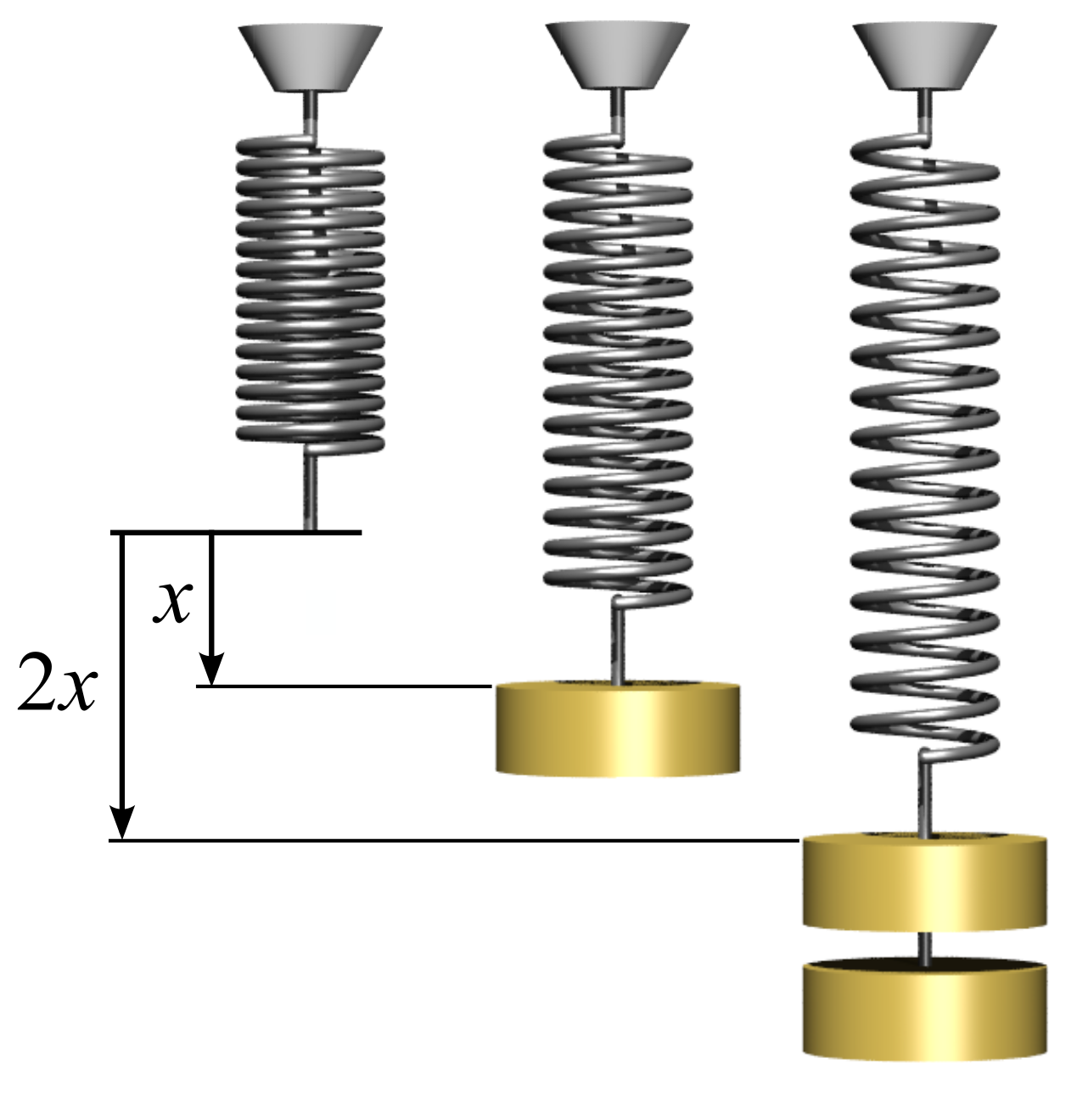Elastic Potential Energy Calculator
If you're interested in how to find elastic potential energy, this calculator is for you! Elastic energy is one of the most important types of energy, as it is related to how an object behaves in the presence of forces. For that reason, we created this tool to calculate elastic potential energy.
Keep reading this article to learn more about elastic energy and the formula for the potential energy of a spring-like object.
What is elastic potential energy?
The sum of the potential and the kinetic energy equals the total mechanical energy of an object. While the kinetic part is associated with the system's movement, the potential component relates to its position about a reference.
The three most common types of potential energy are:
- Gravitational potential energy: associated with an object's weight and position relative to the ground.
- Elastic potential energy: associated with the deformation of an elastic object, or, in other words, the position of the particles about that of the non-deformed state. You'll figure out how this relationship works when we look at the potential elastic energy formula.
- Electric potential energy: associated with the electric potential of electric charges.
Deforming a spring requires applying a force on it to displace one or two of its extremes. In physics, a force over a point of displacement results in mechanical work. We can see work as a form of energy transfer associated with the force acting through a distance.
In the following image, for example, the gravitational potential energy of the golden object is transferred to the spring through the application of the gravitational force (object's weight) over the distance the spring elongates.

In other words, the spring elongates and receives energy thanks to work done by gravity. This energy is stored in the form of elastic potential energy, whose magnitude equals the work done by gravity.
The work (W) necessary to elongate a spring by moving one of its ends from a point x₁ to a point x₂ is:
W = ½k(x₁)² - ½k(x₂)²
where k is a constant known as the force constant of the spring, which is different for every spring.
As mentioned, this work equals the potential elastic energy stored by spring. It is easy to imagine the spring's potential energy formula, which we'll present in the flowing section.
The formula for elastic potential energy calculation
The spring potential energy formula this calculator uses is:
U = ½k(Δx)²
where:
- U — Elastic potential energy, calculated in Joules (J);
- k — Spring constant, in Newtons per meter (N/m); and
- Δx — Deformation of the spring, in meters (m).
As you can note, this elastic energy formula is the same as for the work done on a spring, with the difference that we take the point of no elongation (x₁ = 0) as the reference point, where this energy equals zero.
And this is it for now. Hopefully, now you know how to find elastic potential energy with the calculator and the spring potential energy formula. Thanks for reading.
